The Differences Between Spring and Fall Puer
Differences
Tea tree in bloom – a sure that it’s fall in Yunnan, as this is when tea flowers can be harvested as well. This makes for a completely different drink, however.
The importance and value attached to Spring tea is certainly not unwarranted – there is proof to be found the proverbial pudding, or in our case gaiwan. Weather anomalies aside, Spring tea benefits from much more rest and time to generate energy (assuming the farmer is responsible and doesn’t pick during the winter). The mineral content in the leaves is much higher, resulting in more noticeable bitterness and thicker mouthfeel. The character is bigger, the qi/energy is bigger, and the price is definitely bigger.
A cloud sea (云海) around 8am just outside of Yiwu
The fall season for puer comes just after the wet season in Yunnan. This predictably translates into somewhat thinner, less copmlex tea with a reduced mouthfeel and diluted bitterness. This could actually be considered a positive for those who are put off by raw puer’s often inherent bitterness. Another trade off can be noted in terms of endurance. Where a strong Spring puer may push through 15 of more infusions, the fall equivalent will likely call it quits a little earlier, around steep 10+. On the other hand, fall teas exhibit a high amount of fragrance and sweetness. They’re more gentle and often well suited to drinking young. Visually, fall tea often appears a bit darker due undergoing a longer sha qing (kill green/roasting) process required to remove additional moisture from the leaves.
Some fresh picked fall tea, withering while it waits to be roasted. In the foreground are 2 blocks used to press tuo cha (nest shaped).
Why Fall Tea?
So what’s this all worth? In the literal sense, often around 50% (give or take) of its Spring equivalent. But linking a numerical or monetary value to subjective enjoyment is a bit like trying to get a consensus on the best movie or album of all time. As with any tea, price, quality and enjoyment are not linked together in any rigid fashion, but rather shift around based on individuals’ experiences. Much of the high end ancient/old tree teas that fetch thousands (or even “几万”) RMB in the Spring are simply inaccessible to most people, due either to price, availability, or both. While fall tea harvests are smaller in output, both demand and price are also lower. This presents a great opportunity to try teas from genuine high end areas at a fraction of the price. The tea will invariably be different than its Spring version in ways noted above, but the essence and dominant character are still there. In other instances, fall tea can play a part in blending by way of reducing the cost of material, or balancing out the tea with more immediate fragrance/sweetness/whatever other desired quality the blender is seeking.
A tea farmer’s son playing with some tea that’s inbetween the roasting and rolling stages. What we would give to be able to have grown up surrounded by tea being grown, harvested and processed.
Opinion
Our feeling is not to discount fall tea off the bat. There are often very good, if not excellent, teas produced each autumn that provide excellent value. Opinions regarding variables, including season, are natural to form, but it’s always good to keep an open mind. As an example (and shameless plug), our 2015 Fall Bohetang (currently sold out, but preparing for a return in 2016 duds) comes from old tree material in what’s considered one of the more expensive villages along the Yiwu stretch. Teas from here have a well defined character that is worth experiencing, however, good Spring material is priced well outside many peoples’ budgets, making Fall tea (although still not cheap) much more accessible.
Meanwhile, a tea like our 2015 Fall Bulang makes good use of fall material in a different way, not just offering old tree tea at a more affordable price. Bulang region teas are often noted for their more aggressive profile and up front bitterness. These are certainly great qualities when considering a tea for ageing, and in many cases even for drinking young, provided there is a quick and noticeable huigan. But for some tastes these characteristics can be overwhelming. In the case of our Fall Bulang, we were able to find a quality tea that exhibits what we feel the region is all about, but that is still light enough on its feet and fragrant enough. Of course we’re very biased, but what do you expect – examples using someone else’s fall teas?
Some fresh growth in the fall. It looks like this property has already been claimed by a spider though – time to move on.
The results of comparing 2014 Spring, 2016 Spring and 2016 Fall Mansa ancient tree raw puer. A fun exercise, however one that needs to be conducted again in the future. Fresh mao cha and young tea even just a few months old are very different beasts.
One of the best things about tea mountain life, aside from all the fresh tea, is the fresh food. Even simple dishes taste so much better when using clean, locally grown food.


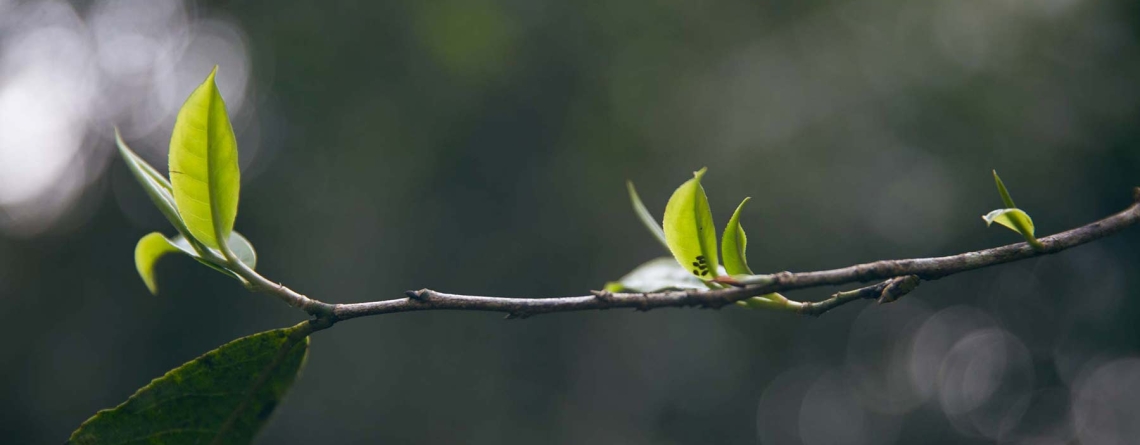
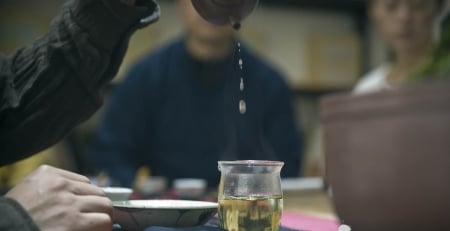
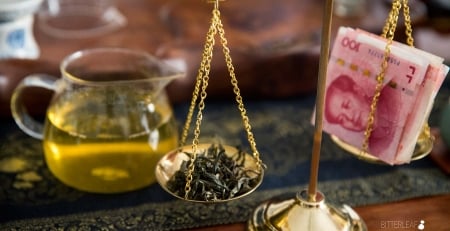
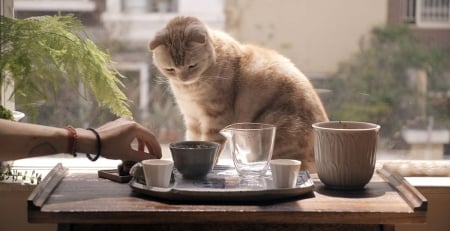
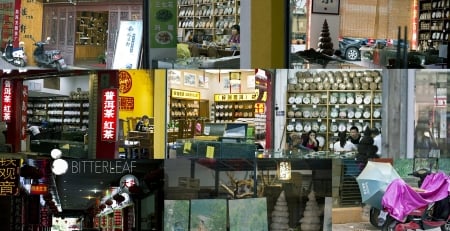
Leave a Reply
You must be logged in to post a comment.